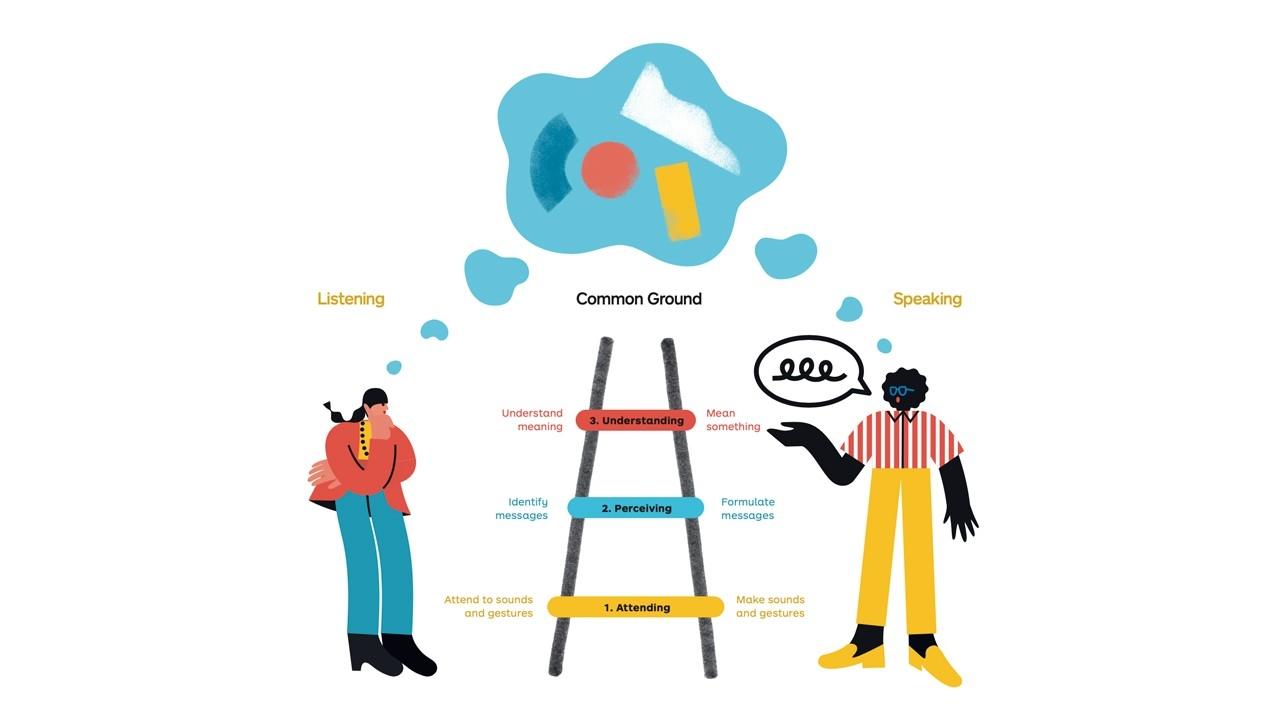Mastering Teamwork: The Backstage of Successful Alignment
Oct 19, 2020
By Stefano Mastrogiacomo
Working in a misaligned team can be frustrating, characterized by lack of progress and unbearable delays.

Over the last 20 years, I have observed key signs, symptoms, and consequences of team misalignment:
- Unclear responsibilities
- Endless meetings with no results
- Slow work delivery
- Changing priorities without explanation
- Overlapping or duplicated projects
- Team members working in silos
- Poor results despite hard work
The greatest pain of misalignment is a bad effort/impact ratio, leading to significant energy and resource loss, not because of lack of effort, but due to poor division of labor and integration.
Understanding Team Alignment
To work together, we have to communicate about working together.
(Clark and Henetz, 2014).
Team alignment is coordinating to function harmoniously as team, and mostly achieved through communication. Successful communication and coordination result in synchronized individual actions, all contributing towards a joint mission. Effective communication is key as it maintains a good level of mutual knowledge (also called "common ground"), which is crucial for team success as it allows members to predict each other's actions. Conversely, low levels of mutual knowledge lead to wrong predictions, execution problems, and ultimately, project derailment.
Aligning is communicating (about why, who, what, when, etc.).

Team alignment sequence
The Impact of Communication Channels on Team Alignment
Not all communication channels impact mutual knowledge creation (or, common ground) equally. Face-to-face conversation is the most effective, followed by videoconferencing. Other channels, such as emails and chat rooms, present communication obstacles that reduce our ability to build common ground and activate our team's super-powers.

Communication effectiveness of various media types
(Adapted from Media Richness Theory, https://en.wikipedia.org/wiki/Media_ richness_theory)
Synchronous communication channels, like face-to-face, video conference, and conference calls, are ideal for boosting common ground when initiating new activities, solving complex problems, performing creative tasks, or working with new teams. Asynchronous communication channels, like email and chat rooms, are suitable for incremental updates, co-editing documents, sharing updates, and working with established teams.
High-Performance Teamwork Tools
Ou book High-Impact Tools for Teams presents two alignment tools designed to boost mutual knowledge and alignment in teams:
- The Team Alignment Map (TAM): Rapidly align on the team mission, objectives, and reduce risks.
- The Team Contract: Negotiate and establish team behaviors and rules.
These tools help structure communication and meetings to powerfully inflate a team's gommon ground for greater collective efficiency and impact.

Take Action
Get your copy of High-Impact Tools for Teams, Wiley, Strategyzer Series, 2021.
Download the the Team Alignment Toolkit for free.
Credits
Illustrations by Severine Assous. Illustrissimo.fr
References
Clark, H. H. (1996). Using language. Cambridge University Press
Clark, H. H., & Brennan, S. E. (1991). Grounding in Communication
Clark, H. H., & Henetz, T. (2014). Working together. In The Oxford handbook of language and social psychology (p. 85). Oxford University Press, USA.
J. De Freitas, K. Thomas, P. DeScioli, and S. Pinker. "Common Knowledge, Coordination, and Strategic Mentalizing in Human Social Life," Proceedings of the National Academy of Sciences 116, no. 28 (2019): 13751–13758.

